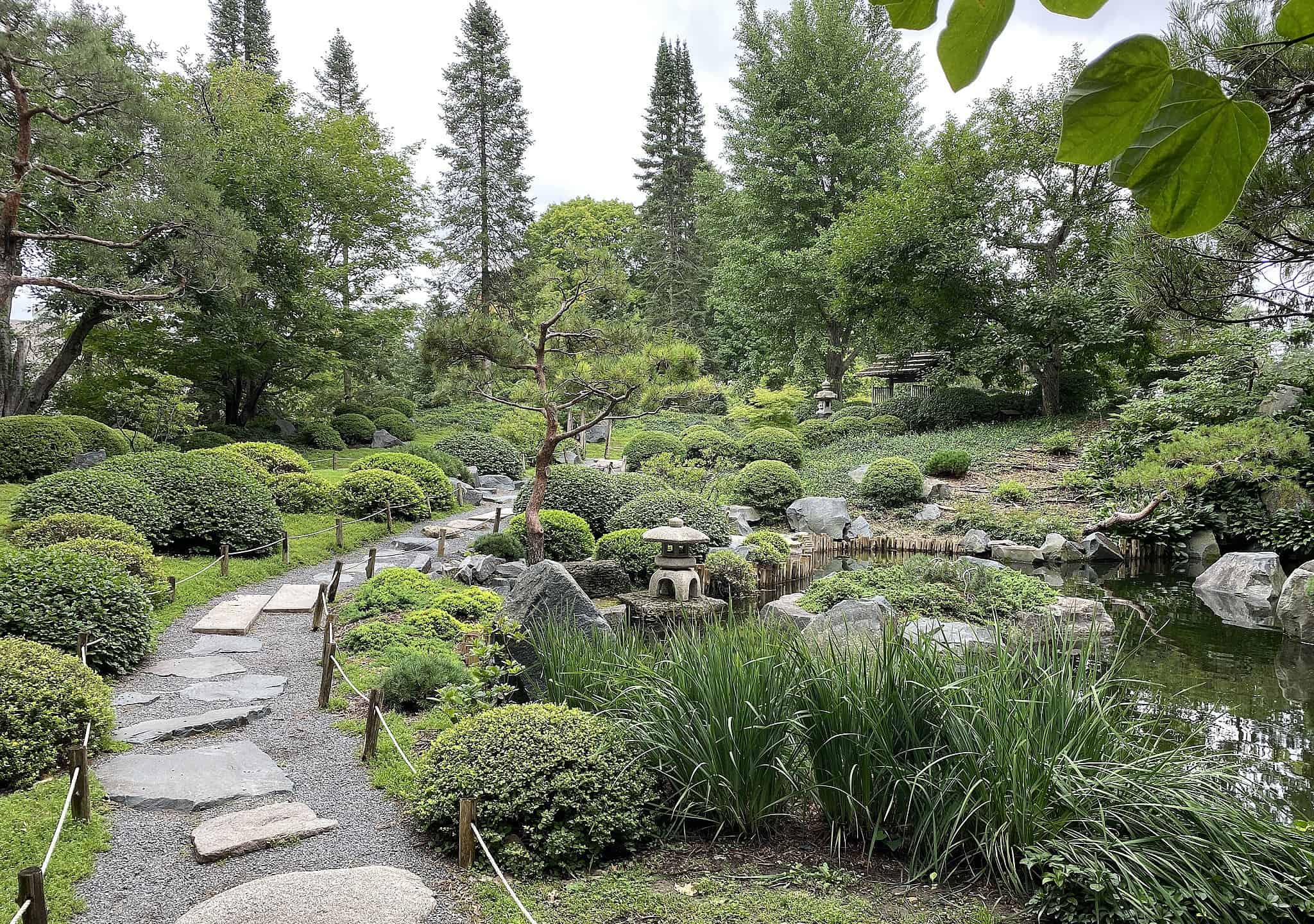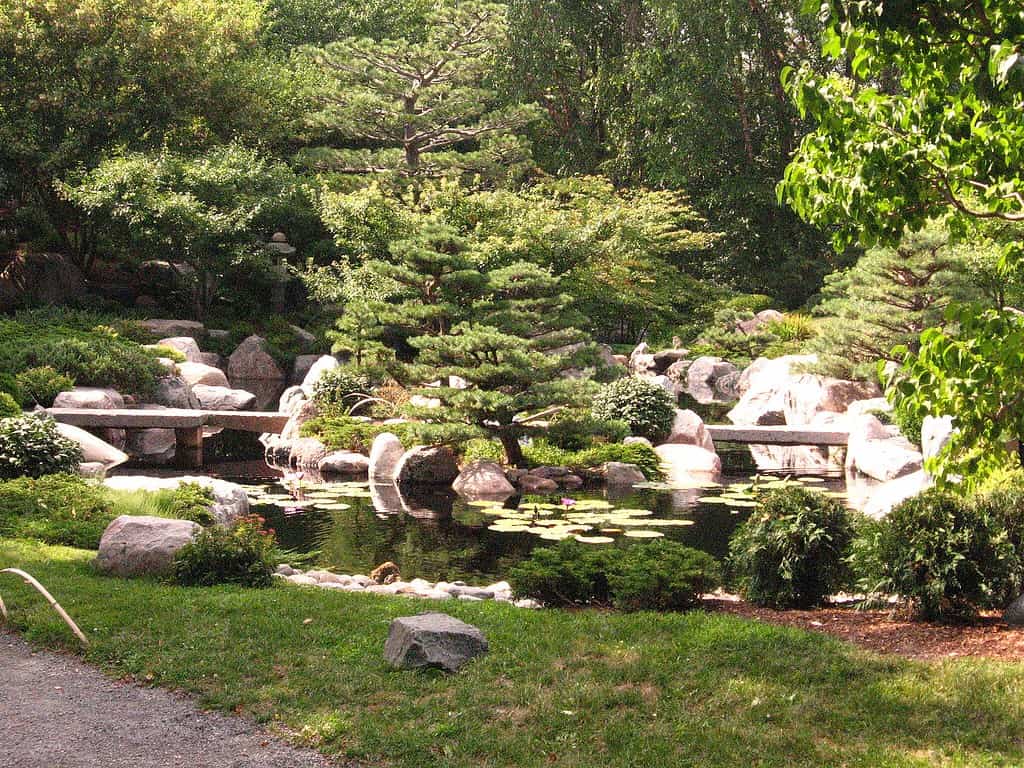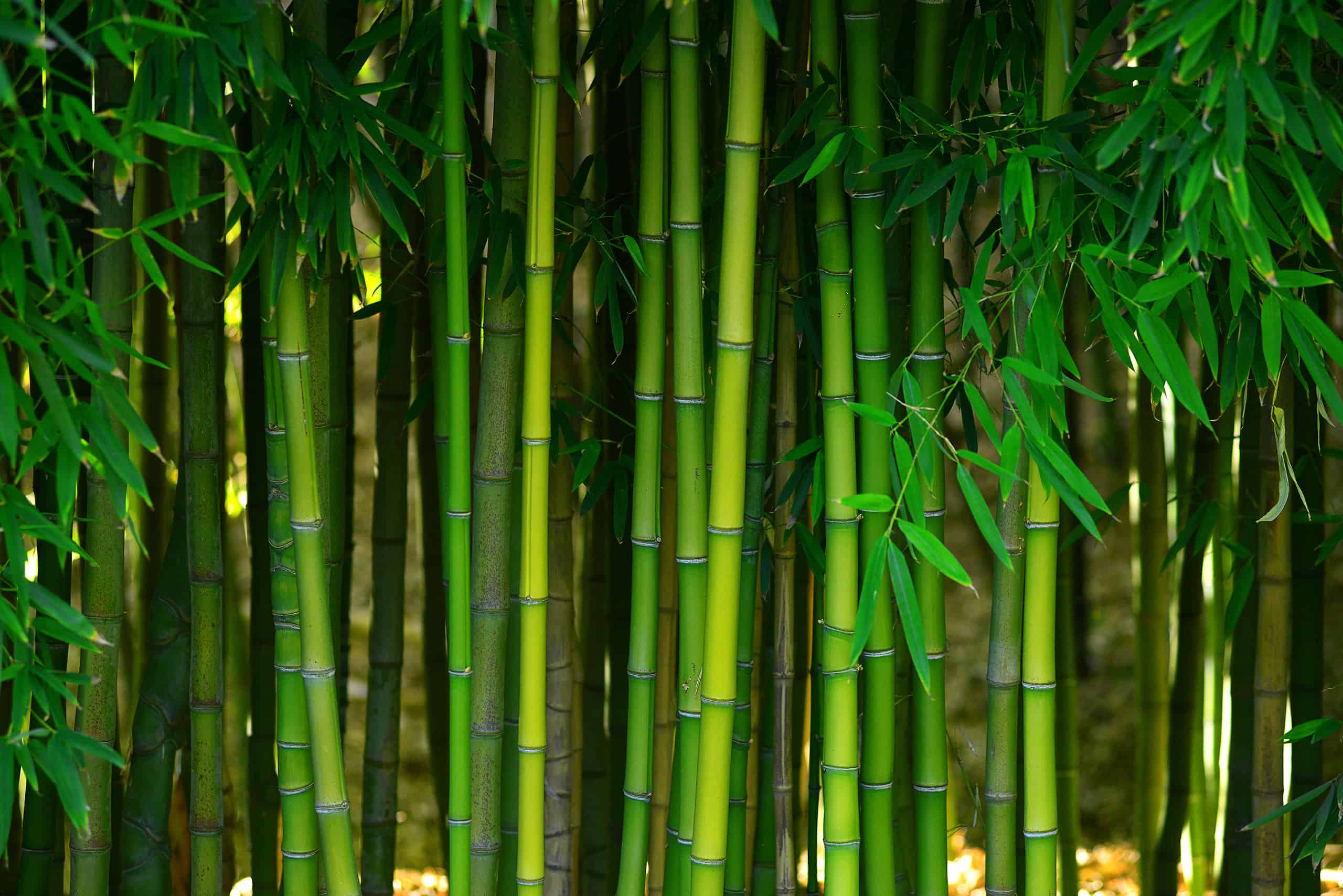Where to Find Bamboo in Minnesota
Bamboo does not typically grow in Minnesota, is not native to the state, and may be difficult to grow due to the state’s colder climate. However, you may find that some species of bamboo plants grow well in Minnesota if you can give them care and protect them from the brutal winters. Minnesota can have very cold, snowy, and harsh winters. These can be damaging to many types of bamboo. However, though Minnesota might not be the ideal place to grow bamboo, consulting with a local plant expert or horticulturalist will give Minnesota locals customized advice on choosing and cultivating bamboo varieties that will fit the state’s climate and environment. Before you plant your own bamboo grove in Minnesota, think about visiting a botanical garden or local plant nursery to see different bamboo species in-person.
Many amateur gardeners find that growing bamboo is relatively easy. Because bamboo plants do not usually require much extra knowledge or special attention, gardeners across the United States find that these plants can be a great addition to a home landscape. There may actually be several aspects of Minnesota’s climate that can it possible to grow bamboo very effectively. However, that said, there are a few challenges that you may want to consider before planting bamboo. This post reviews a few of these challenges, the benefits of growing bamboo in Minnesota, and other considerations to keep in mind. Then you will learn about several places where you can find bamboo in Minnesota today! Let’s dive in with the basics of bamboo plants – some of the most beloved, beautiful plants grown across the world!
About Bamboo
Because many people associate bamboo with hot, humid, and tropical climates, many do not realize that there are numerous bamboo species, some of which tolerate a vast range of weather conditions and can survive cold weather and even snow! In fact, bamboo is a fast-growing and resilient plant. It requires little attention and fertilizer to grow. It can even take over a garden or landscape if not given close attention! Bamboo also survives a broad range of soil conditions. This versatility allows it to thrive in states from southern California to Florida to Maine or North Dakota, and even Minnesota.
Many species of bamboo come from China and nearby Asian countries. From there, they have been shared and cultivated in other parts of Asia, Europe, South America, North America, and Africa. Many of these were originally brought to western countries of Europe and North America during the 18th and 19th centuries. Bamboo first rose in popularity as an ornamental plant and landscape feature in Asian-inspired gardens. However, bamboo actually has many different uses, including in food, culture, and even construction. Today, bamboo is a very popular renewable resource that can be used for building environmentally-friendly structures and creating numerous products.
A Vast Variety of Species
Although many different species are called “bamboo,” people could be referring to between 1,000 and 2,000 different species in the grass plant family. These many different species belong to 100 genera. These genera are largely in the Poaceae family and consist of species in a range of sizes, colors, growth needs, desirable uses, and appearance. Though many of these plants come from the Asian continent, today you can find bamboo thriving in ecosystems around the world – including in North America!
As a landscaping plant, most species of bamboo planted outdoors come from Asia, and so are not native to North America. Bamboo in Minnesota can be a potentially-invasive species that could threaten the well-being of the local ecosystems if it is not treated with care and attention. However, when grown with care, bamboo may be a beautiful and useful addition to your home garden. A few species do grow well in Minnesota, allowing you to enjoy the benefits it brings. Let’s review a few of the challenges and benefits of growing bamboo in Minnesota now.
Challenges of Growing Bamboo in Minnesota
Most bamboo plants grow well in soil that is very rich in organic matter and which has bountiful sunlight and good drainage. Bamboo also needs protection from harsh elements such as strong wind, snow, and cold heavy rains. Given the climate conditions and soil of Minnesota and other northern states, some species of bamboo will grow better than others that are more abundant in warm, tropical climates. Some of the challenges you may encounter when growing bamboo in Minnesota pertain to the cold weather, soil, pests, and need for containment plans to keep the bamboo from growing out of control.
First, Minnesota has extremely cold temperatures that threaten your bamboo. Some species will die in very cold winters, while others will simply wilt. To give your bamboo the best chance of surviving, choose a cold-tolerant variety. Some of these are clumping bamboos.
Second, bamboo species need sunlight at consistent levels throughout the year. Minnesota has short days with limited sun in the winter, which can make it hard for bamboo to thrive.
Third, most bamboo grow best in evenly-moist, rich, and well-drained soil. Minnesota’s soil varies across the state, and maintaining good moisture levels during the winter or during summers with inconsistent rainfall. Monitor your soil conditions to keep it conducive to growing healthy bamboo plants.
In addition to these challenges, some bamboo growers in Minnesota should keep in mind that since bamboo is not native to the area, it is considered invasive. Since the plants can grow quickly and spread rapidly, monitor your bamboo groves and prevent its spread by using containers and underground barriers.
How to Grow Bamboo in Minnesota
When you do find bamboo growing in Minnesota, keep in mind that there are a few factors making the environment inhospitable to the plant. Before planting your own, it is important that you consider which species will be most resilient in the harsh winters.
Since there are up to 2,000 different species known as “bamboo” plants, choose one that is particularly cold-hardy and can survive Minnesota winter. A few of these grow rapidly, attaining great heights, and can survive cold temperatures once well-established. In Minnesota, you will want to shelter your bamboo from the wind and potentially cover or insulate the plants during the coldest winter months. When you do take these precautions, you may find that bamboo stalks are tall, tree-like plants that can offer shade, wind protection, and habitats for local animals.
A few of the varieties of bamboo that may grow well in Minnesota are Phyllostachys nigra, or “black bamboo,” Fargesia murielae, or “umbrella bamboo,” and Phyllostachys aurea, or “golden bamboo.” However, the one you choose may depend on which part of Minnesota you live in. The specific growing conditions and landscape of your yard or home garden will also make a difference in your success growing a young bamboo plant.
Bamboo Arboretums and Gardens in Minnesota
If you want to find bamboo in Minnesota, try looking for local plant nurseries or botanical gardens where bamboo thrives. A few of these locations are included in the list below. Visiting one of these gardens or nurseries can be a great way to learn more about the different bamboo varieties that can grow in Minnesota and nearby states. You could also talk to a plant nursery owner or worker to receive expert advice on how you can grow and care for bamboo in your own garden!
Since nurseries, arboretums, and botanical gardens are usually managed by horticulturalists and plant experts, they will know what it takes to grow bamboo in Minnesota. However, the list below is incomplete. Don’t be afraid to visit a different garden or nature center near you! If they have bamboo for you to see, you may be able to ask for advice or do your own independent research on the species.
Additionally, remember that the botanical gardens and arboretums below are likely to adjust their hours with the season. Since many of them exist specifically to provide education and community engagement opportunities, you may find special exhibits or other ways to learn. Check out the linked websites or call the phone numbers online to verify that the information below is still accurate. Then schedule your visit and enjoy learning all about growing bamboo in Minnesota!
Minnesota Landscape Arboretum
Minnesota Landscape Arboretum, in Chaska, is a research center and extension of the University of Minnesota. As part of the College of Food, Agricultural, and Natural Resources, the Minnesota Landscape Arboretum is a great center for learning and viewing many different plants. This public garden is 1,200 acres of tree collections, protected natural areas, paved paths, wooded trails, and specialty gardens. The garden has over 150 permanent works of art, 28 specialty gardens, and many other areas for visitors to see unique plant cultivars. The arboretum also offers ongoing education opportunities, regular events, and volunteer engagement sessions.
The Minnesota Landscape Arboretum is also home to a bamboo garden that features multiple species of bamboo that can grow well in Minnesota. The Japanese garden invites visitors to view and experience bamboo, bonsai trees, and other unique garden features that promise to transport you to another country and culture.
The garden is open every day of the year except for Thanksgiving and Christmas Day. Admission costs $15 for visitors aged 16 and up, with youth aged 15 and under free of charge. There are also group admission opportunities that provide a discounted rate. The grounds are open from 8 a.m. to 7 p.m., with the visitors center open from 9 a.m. to 6 p.m.

The Minnesota Landscape Arboretum is also home to a bamboo garden that features multiple species of bamboo that can grow well in Minnesota.
©Thomson200, CC0, via Wikimedia Commons – Original / License
Como Park Zoo and Conservatory
The Como Park Zoo and Conservatory in St. Paul is an experience for animal and plant lovers alike! This unique location is not only home to a diverse range of animal species, but has many different garden areas that showcase ferns, lilies, bonsai trees, orchids, palms, and many other unique plants. For years, Como Park has exhibited aquatic animals, birds, seasonal flowers, and exotic plants. Today, it is home to a zoo, conservatory, and garden. The garden has won numerous awards and is renowned for its unique plants and its brilliant display of art and architecture.
Included in the Como Park Conservatory is a beautiful Japanese garden, which was gifted by Japan and designed by landscape architects from St. Paul’s sister city in Japan, Nagasaki. The annual Japanese Lantern Lighting Festival includes a celebration of Japanese art, music, material arts, food, and other traditions. In addition to a lily pad pond, tranquil pine grove, and bonsai display, the Japanese garden includes a display of bamboo.
Como Park Zoo and Conservatory admission is free, with a suggested donation of $4 for adults and $2 for children. The hours change seasonally. The grounds are open from 10 a.m. to 4 p.m. from October to March and from 10 a.m. to 6 p.m. from April to September.

The Como Park Conservatory Japanese Garden in St. Paul in Minnesota has bamboo.
Other Places to Find Bamboo in Minnesota
Aside from the botanical gardens, arboretums, and zoo listed above, there are likely many other places where bamboo thrives in Minnesota. Bamboo is a popular feature of private home gardens and business landscapes. You can find examples of how people have planted bamboo in their home landscapes by searching online for events, garden tours, and garden clubs. You can also look into nurseries such as Happy Bamboo for suggestions about how to grow bamboo all over the state.
Remember that each state and city has specific rules and laws governing how bamboo and other invasive species can be planted. Before planting anything, it is a good idea to investigate your local requirements and consult a local plant expert who knows the local ecosystem. This will ensure that you can enjoy bamboo and other plants without having a negative impact on your local environment. Visiting one of the locations listed above is a good first start.
Thank you for reading! Have some feedback for us? Contact the AZ Animals editorial team.








